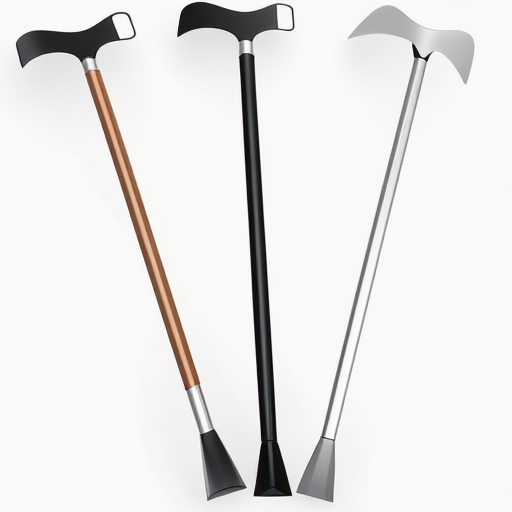If you’re a senior who uses a walking stick, it’s essential to be aware of three common mistakes people make when using one. By correcting these mistakes, you can improve your posture, balance, and overall walking efficiency. My name is Will Harlow, and I’m an over-50s specialist physiotherapist at HT Physio in Farnham. Today, I’ll guide you through these three key mistakes and show you how to fix them.

Mistake 1: Incorrect Walking Stick Height
One of the most common errors is using a walking stick ,that is either too high or too low. Many people believe their stick height is correct, but often it’s slightly off, leading to poor posture and inefficient use.
When a walking stick is too high, your arm remains bent at the elbow as you walk. This forces your tricep muscle to bear the brunt of the load, rather than distributing the weight through your upper body. While it may look like your posture is upright, you’re actually over-relying on a smaller muscle group, which can lead to fatigue and discomfort.
To adjust your walking stick correctly, stand upright and let your arm hang naturally by your side. Your walking stick’s handle should fit into the fold of your wrist.. When walking, your elbow should be relatively straight, allowing you to press down through your entire upper body rather than just your arm. This proper alignment ensures better weight distribution and a more stable walking pattern.
The second mistake is holding the walking stick in the incorrect hand.
Holding the walking stick in the same hand as your weaker or damaged leg is another common error.For instance, you could use the stick in your right hand out of habit if your right leg is hurt. However, the correct technique is to hold the stick in the opposite hand—in this case, your left hand.
This method aligns with your natural walking pattern, where opposite limbs move together—your left arm swings forward as your right leg steps forward, and vice versa. Holding the stick in the same hand as your injured leg disrupts this natural rhythm, causing you to walk in an unbalanced and inefficient manner.
Instead, use the stick in your opposite hand and allow your body weight to distribute evenly between the stick and your foot. This technique will provide better balance, maintain a more natural gait, and reduce strain on your weaker side.
Mistake 3: Incorrect Walking Gait Pattern
The final mistake is walking with an improper gait while using a walking stick. Many people alter their walking pattern when they start using a stick, but the basic principles of walking should remain the same.
In a normal walking pattern, your heel strikes the ground first, followed by your mid-foot, and then your toes push off as the other leg swings through. When using a stick, the stick should strike the ground at the same time as the opposite heel.
For example, if your left leg is weaker, place the stick down as your right heel strikes the ground. As you move forward, allow your weight to transfer evenly between your foot and the stick, keeping your elbow straight for optimal support. When your left toes push off the ground, lift the stick and prepare it for the next heel strike.
The stick should land approximately six inches away from your foot, neither too close nor too far, and should remain in line with your natural stride. Avoid placing the stick too far out to the side or crossing it over your body, as these habits can disrupt your balance.
Final Thoughts
By correcting these three mistakes—ensuring your stick is the right height, using it in the correct hand, and maintaining a proper gait pattern—you can greatly improve your walking efficiency, stability, and confidence.
If you’re unsure about your walking technique, take some time to practice these adjustments at home. Watch yourself in a mirror or ask a friend to observe your posture and walking pattern.
We appreciate you taking the time to read these pointers. If you found this guide helpful, feel free to share it, leave a comment, Improving your walking technique might seem like a small change, However, it can significantly affect your quality of life and mobility.
